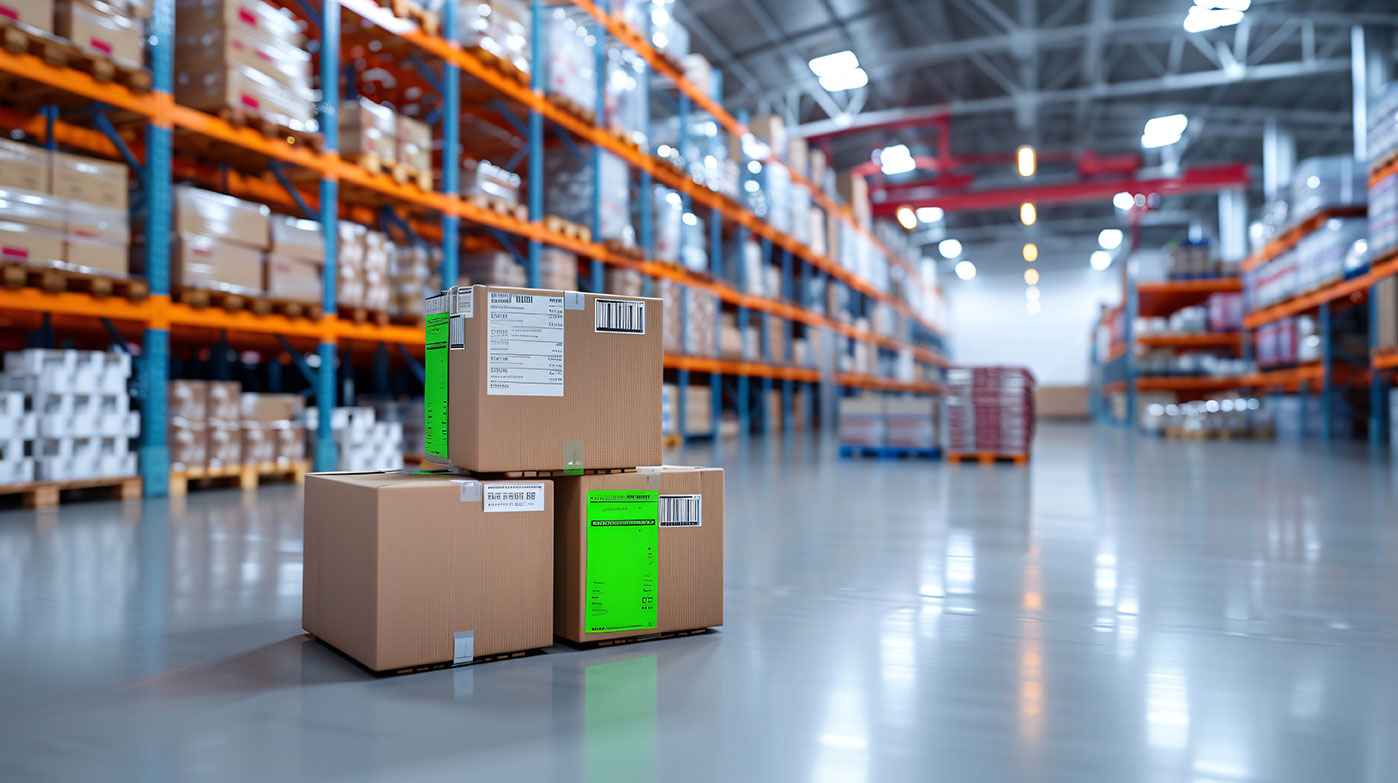Leveraging Autonomous Mobile Robots with RFID
The integration of autonomous mobile robots (AMRs) for RFID tag reading represents a transformative approach to inventory management and retail operations. This convergence of robotics, wireless communication, and automation offers compelling advantages while presenting distinct implementation challenges.


The Case for Autonomous Mobile RFID Reading
Traditional inventory management relies heavily on manual processes that are time-intensive, error-prone, and resource-demanding. According to a report by Deloitte, "manual inventory processes are responsible for approximately 65% of stock inaccuracies and are a leading cause of shrink" (Deloitte, 2022). Autonomous mobile robots equipped with RFID readers can fundamentally reshape this landscape by providing continuous, accurate, and cost-effective monitoring solutions.
In retail environments, these robots can autonomously navigate store aisles during off-peak hours, systematically reading RFID tags on products to verify inventory levels and product locations. This approach delivers real-time visibility into stock positions, identifies misplaced items, and provides precise inventory counts with exact location data. The system generates official inventory reports that inform users exactly how much inventory they have and where each item is located within the store, creating an authoritative record for inventory management decisions.
Badger Technologies, a leader in retail robotics, has integrated high-performance RFID reading technology into its autonomous mobile robot platform. The system is designed to read item-level RFID tags with speed and precision, supplementing traditional inventory methods while enabling cycle counting, restocking prioritization, and shrink detection; particularly in apparel, electronics, and general merchandise categories.
"Autonomous robots equipped with RFID scanning are reducing the manual labor burden by up to 80%, while increasing inventory accuracy to near-perfect levels," notes Dr. Bill Hardgrave, founder of Auburn University's RFID Lab.
Implementation Challenges and Considerations
The deployment of autonomous mobile robots for RFID reading requires careful consideration of several factors. Navigation in dynamic retail environments presents ongoing challenges, particularly in stores with frequent layout changes or high customer traffic. The robots must be sophisticated enough to adapt to obstacles, seasonal displays, and varying product configurations.
"Retail environments are among the most complex autonomous navigation spaces due to unpredictability in customer behavior and changing product layouts," says Karen Hao, former AI reporter at MIT Technology Review.
Badger Technologies’ robots overcome these challenges using advanced sensors; including Lidar, depth-detecting cameras, and fisheye lenses, combined with proprietary navigation algorithms that support safe and efficient movement through complex store environments. Their adaptable platform allows for rapid configuration to match store-specific layouts, including high-volume departments and promotional zones.
Battery life and charging infrastructure are addressed through Badger's intelligent scheduling and charging routines. The robot is designed for 12–16 hours of operation on a single charge and automatically returns to a docking station between tours, minimizing manual intervention.
Integration with existing inventory management systems requires robust middleware and API development to ensure seamless data flow. Gartner reports that "integration complexity is one of the top three reasons automation projects fail to meet ROI expectations" (Gartner, 2023). Badger Technologies supports open API integration and offers professional services to accelerate deployment and data harmonization with leading retail systems.
Economic and Strategic Implications
"Retailers deploying AMRs for inventory accuracy have reported cost reductions of 23% and inventory visibility improvements of 17% within two years of implementation."
The return on investment for autonomous mobile RFID reading systems depends heavily on scale and operational efficiency gains. Large retail chains with multiple locations can achieve significant cost savings through reduced labor requirements and improved inventory accuracy.
According to a 2024 report from Accenture, "retailers deploying AMRs for inventory accuracy have reported cost reductions of 23% and inventory visibility improvements of 17% within two years of implementation."
Badger's solution allows retailers to reallocate labor, reduce shrink, and respond faster to out-of-stocks and misplacements. With real-time RFID data, stores can execute more accurate planograms, streamline replenishment, and support omnichannel fulfillment with greater confidence. The system provides official inventory counts and location mapping that serve as the definitive source of truth for stock levels, enabling precise inventory reporting to corporate systems and supporting accurate financial reporting and audit compliance.
"Customers are less tolerant of out-of-stocks than ever before—automation is no longer a luxury, it's essential," said Leslie Hand, GVP of Retail Insights at IDC, in a 2023 retail automation briefing.
Future Outlook and Evolution
The technology trajectory points toward increasingly sophisticated systems that combine RFID reading with additional capabilities such as planogram compliance checking, product condition assessment, and inventory optimization. Machine learning algorithms will enhance navigation capabilities and predictive analytics, making these systems more valuable over time. Advanced analytics will provide deeper insights into inventory patterns, enabling predictive restocking and automated alerts when specific items fall below predetermined thresholds.
Badger Technologies continues to evolve its platform to support additional sensors, deeper analytics, and more advanced workflow integrations. With its open architecture and retail-proven design, the platform is well-positioned to scale alongside the growing needs of modern retailers.
"The fusion of AI, edge computing, and robotics is creating the next generation of real-time retail intelligence," according to the National Retail Federation's 2024 Tech Trends Report.
As RFID adoption continues to expand across retail and industrial sectors, the demand for automated reading solutions will likely accelerate. A report by GS1 US indicates that "more than 70% of U.S. retailers have adopted or plan to adopt item-level RFID by 2025" (GS1 US, 2023).
Conclusion
Autonomous mobile robots for RFID reading represent a significant evolution in inventory management technology. Badger Technologies exemplifies how this approach can be deployed at scale, offering high read rates, advanced navigation, and real-time data integration to support modern retail operations.
While implementation challenges exist, the potential for improved operational efficiency, data accuracy, and cost reduction makes this approach increasingly attractive for organizations seeking to modernize their inventory processes. Success depends on careful system design, thorough integration planning, and strategic vendor partnerships.
- With its proven track record, retail specialization, and commitment to innovation, Badger Technologies is helping forward-thinking retailers transform inventory management into a competitive advantage.


Contact Us To Learn How Badger's Retail Automation and Actionable Data Can Help You
References
- Deloitte. (2022). Inventory Management & Shrinkage Trends Report.
- Hardgrave, B. (2022). Auburn University RFID Lab Reports.
- McKinsey & Company. (2023). Retail Automation: Productivity and Workforce Optimization.
- Gartner. (2023). Top Reasons Automation Projects Fail.
- Accenture. (2024). The ROI of Autonomous Robotics in Retail.
- IDC. (2023). Retail Innovation Briefing.
- GS1 US. (2023). State of RFID Adoption in U.S. Retail.
- National Retail Federation. (2024). Tech Trends in Retail.
- Badger Technologies. (2024). Company Datasheets & Technical Briefs. www.badger-technologies.com